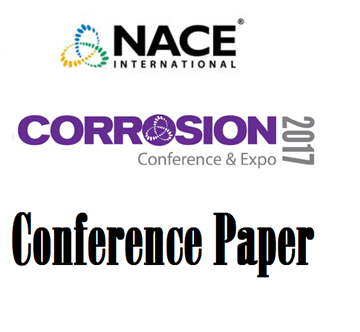Search
Case Study - Sharing An AC Mitigation System
Also Purchased
Case Study: Foreign Operator DC Interference On An Existing Pipeline Systems
Product Number:
51322-17587-SG
Publication Date:
2022
$20.00
AC Interference and Mitigation: Heartland Case Study
Product Number:
51317--9461-SG
ISBN:
9461 2017 CP
Publication Date:
2017
$20.00
AC Mitigation Design Considerations for Pipeline Facilities
Product Number:
51323-18867-SG
Publication Date:
2023
$20.00
Recently viewed




